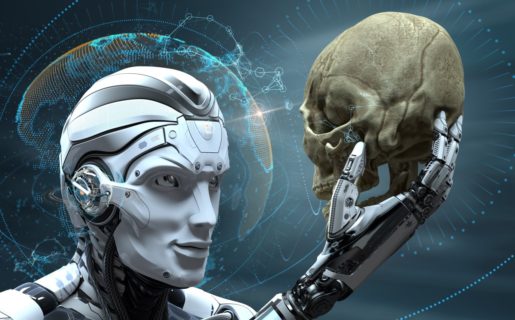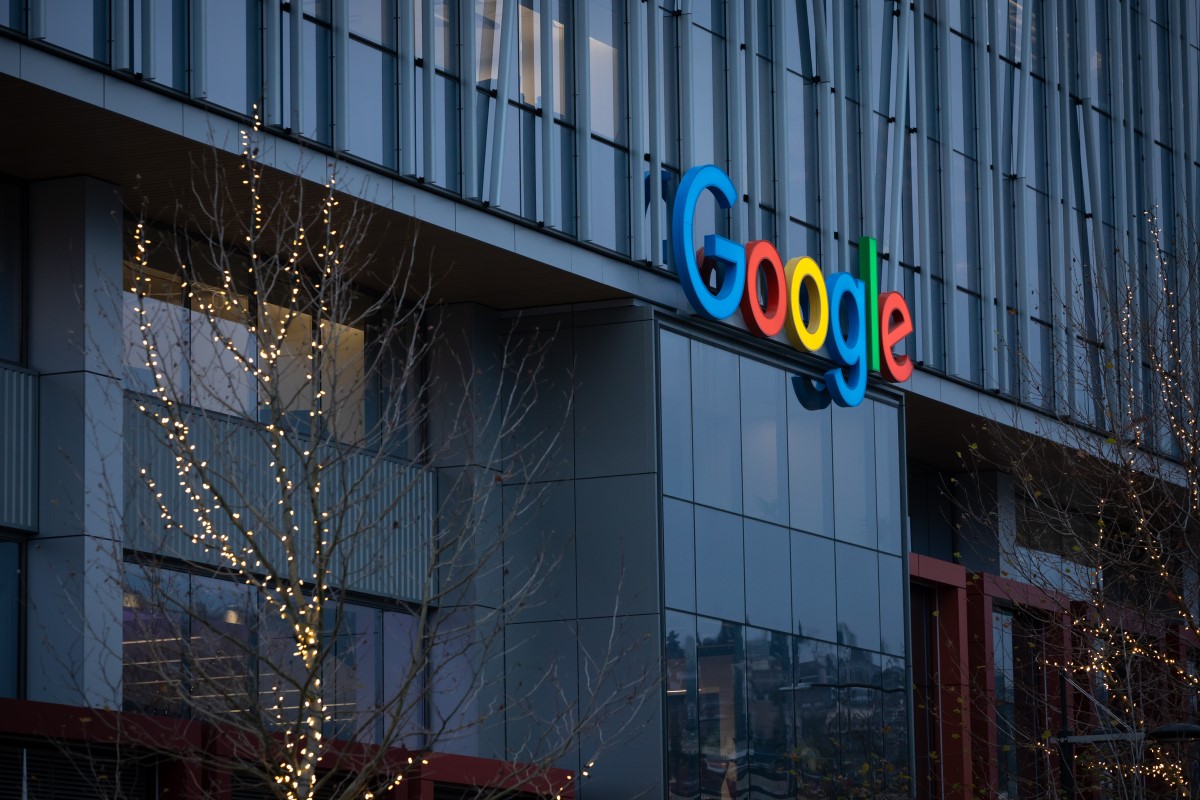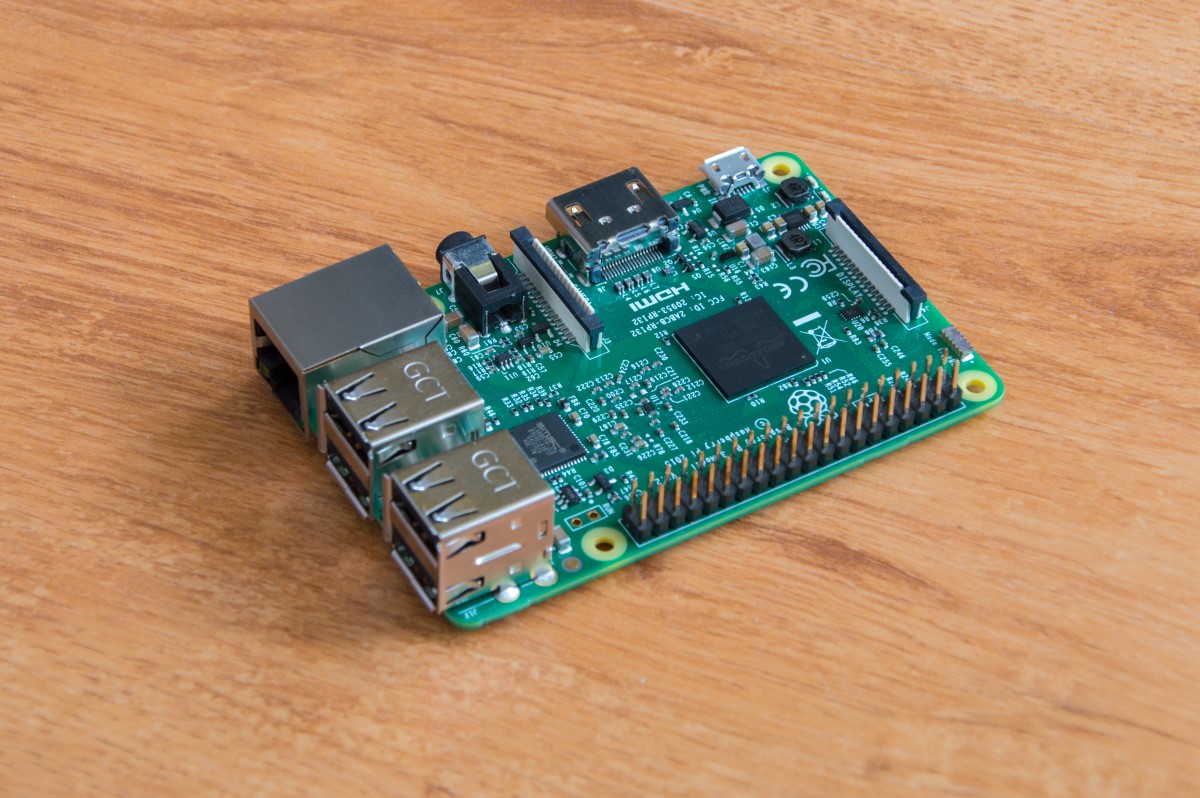Some want to train artificial intelligence agents to do something like navigating in a complex 3D world. Nevertheless, it is time-consuming and computationally expensive. For bettering to create these potentially useful systems, Facebook engineers derived huge efficiency benefits from it. The left the slowest of the pack behind.
It is part of the company’s new focus on embodied artificial intelligence. That means they want machine learning systems to interact intelligently with their surroundings. It can mean a lot of things: for instance, responding to a voice command using a conversational context. Also, it could mean more subtle things like a robot, knowing it has entered the wrong room of the house. Facebook is funding and recruited some severe researchers. The researchers will look into related domains of artificial intelligence work.

You need to train artificial intelligence using a reasonable copy of the real world to create such embodied systems. One can fully expect that artificial intelligence has never seen an actual hallway to know what are doors and walls. The robots move very slowly in real life so you can’t demand from them learning their lessons here. That is why Facebook created Habitat. Habitat is a set of simulated real-world environments to be photorealistic enough. That is what artificial intelligence learns by navigating through them. That knowledge can then be applied to the real world.
Such kinds of simulators are widespread in artificial intelligence and robotics learning. It is useful because you can run many instances of them simultaneously. Each one with an agent attempts to solve a problem and eventually reports back it’s finding to the central system that dispatched it.
Developing Artificial Intelligence
Compared to simpler virtual ones, photorealistic 3D environments use a lot of computation. It means that researchers are limited to a handful of simultaneous instances, and it slows learning to a comparative crawl.
Erik Wijmans and Dhruv Batra are leading Facebook researchers. Dhruv Batra is a professor, and Erik Wijmans is a Ph.D. student at Georgia Tech. They found a way to speed up this process by order of magnitude or more. The result was that an artificial intelligence system could navigate a 3D environment from the starting point to a goal with a 99.9% success rate and few mistakes.
To a working embodied artificial intelligence or robot, the simple navigation is foundational. Thus, the team chose to pursue it without adding any other difficulties.
Dhruv Batra said that simple navigation is the first task of the team. Their main job is to make artificial intelligence get from point X to point Y. It’s effortless when the agent has a map, but without a map, it’s a big problem.
And the problem is that the training system is spending too much time waiting on slowpokes.
Wijmans explains that it is not necessarily that they are learning slowly. Nevertheless, if you want to simulate navigating a one-bedroom apartment, it is much easier to do that than navigate in a 10-bedroom mansion
The central system will wait for all its dispatched agents to complete their practical tasks and report back.
















